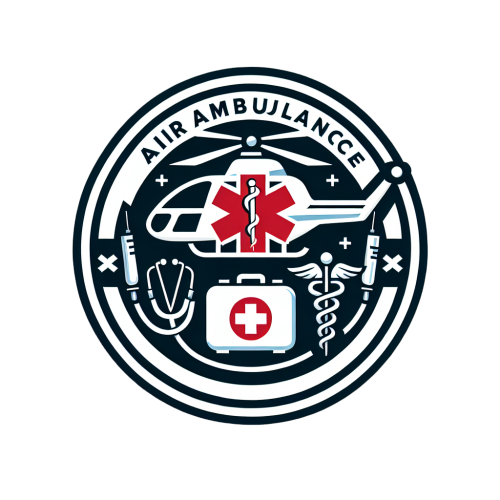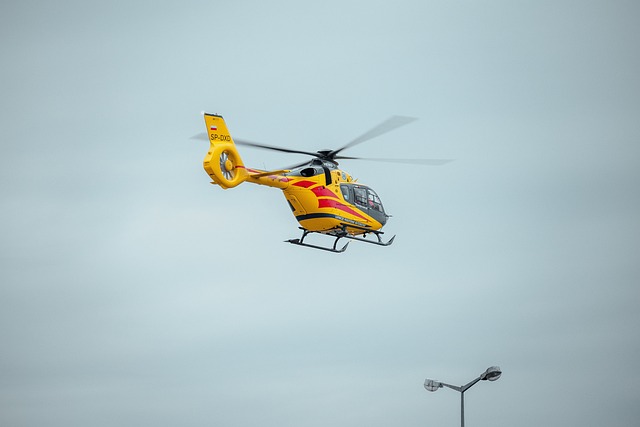air medical transport
is a critical part of healthcare. Air ambulances can take patients to the best medical facilities quickly and efficiently, regardless of location. When choosing an air ambulance, it is important to consider the type of service offered, the aircraft used, and the crew.
Air medical transport is a valuable medical service utilized by doctors and hospitals to stabilize or transfer patients.
It is crucial for stabilizing or transferring patients who are critically ill or injured, high-risk pregnancies, or transferring successive recipients between medical facilities. Air medical transport has made major advancements in the medical field for decades.
Air Medical Revolution: Exploring Safety in Transport
The air medical revolution is transforming the way we think about long-distance medical transport.
Air evacuation and air medical services are becoming increasingly popular, offering a safe and efficient way to transport patients in need of medical assistance.
Not only does air medical transport provide rapid access to treatment, but it also reduces the risk of complications due to delays or limited medical staff or resources at the destination.
Air medical services often use specialized aircrafts, such as helicopters and planes, which are equipped with advanced life-saving equipment and personnel trained to handle any situation. Furthermore, air transport can often be more cost-effective than ground transportation, making it an ideal solution for those who need urgent care but cannot afford traditional options.
emergency air ambulance services
With the right combination of technology, safety protocols, and personnel training, the air medical revolution is sure to revolutionize the way we think about long-distance medical transportation.
Lives Saved: Air Medical Transport in Action
Air ambulances are critical for transporting patients quickly and safely. In the United States, air ambulance services have made significant advancements in recent years, with many hospitals now utilizing these vehicles to transport patients.
Air ambulance services are especially beneficial for patients who are critically ill or injured, high-risk pregnancies, or transferring successive recipients between medical facilities.
Air ambulances have made major advancements in the medical field for decades and continue to make strides forward. Here are a few examples of how air ambulance services have saved lives:
In 2009, a helicopter airlift transported a victim of a car accident to a hospital in California in just over 30 minutes. The victim had suffered head injuries and was bleeding heavily, necessitating urgent care.
With prompt air transport, the patient was able to receive the treatment she needed and avoided further injury or death.
In 2011, an air ambulance transported a patient who had suffered a heart attack to an appropriate hospital in just over an hour. The patient had initially been taken to a local hospital but was soon transferred due to complications from her heart attack. Had the patient not received timely air transport, she may have suffered additional health complications or even died due to delayed treatment.
In 2013, an air ambulance transported two pregnant women who were experiencing labor pains to an appropriate hospital in less than two hours. The women were experiencing contractions that were too strong for traditional transportation methods and could not be delivered by car or bus due to safety concerns. Using an air ambulance enabled the women to receive prompt care and avoid any potential health complications later on in their pregnancies.
For example, the first helicopter ambulance was used in Vietnam in 1969.
There are three types of air ambulances: fixed-wing, rotary wing, and tilt-rotor. Fixed-wing aircraft are the most common type used for air medical transport. These aircraft have a large cabin that can accommodate a number of patients and medical supplies.
Rotary wing aircraft are unique in that they have two rotors that allow them to fly more slowly and smoother than fixed-wing aircraft. Tilt-rotor aircraft are similar to helicopters in that they have both rotors and wings. However, they tilt their wings to stay stable in the air.
When choosing an air ambulance, it is important to consider the type of service offered, the aircraft used, and the crew. The crew members on an air ambulance are crucial for providing quality care to patients.
They must be experienced and certified professionals who are able to provide emergency care while flying. The aircraft used for air medical transport also plays a role in providing quality care for patients.
Aircraft used for air medical transport must be able to accommodate a number of medical supplies and passengers safely.


